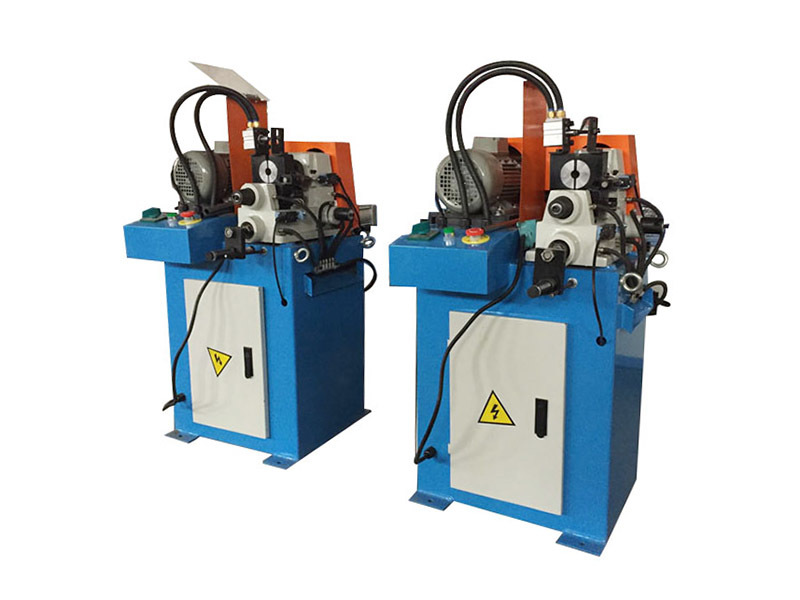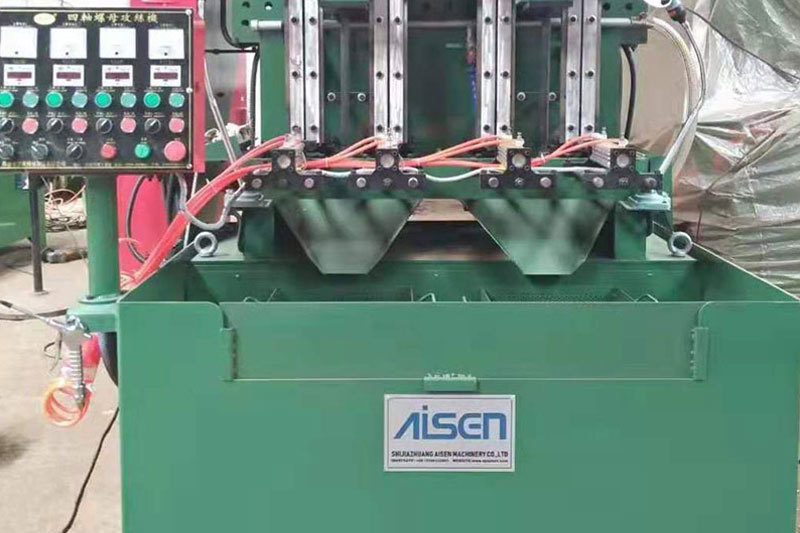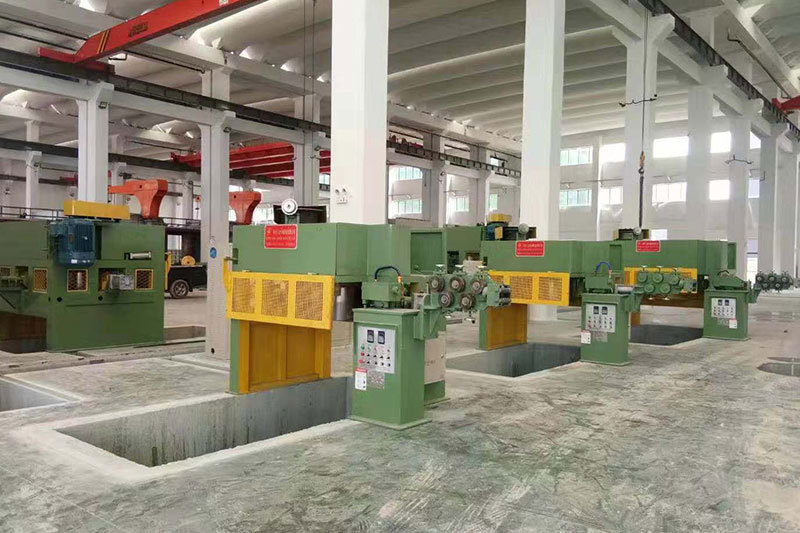Understanding Single Head Chamfering Machines: Essential Insights for Manufacturing
Summary:
Single head chamfering machines are specialized tools designed for the precise edge treatment of various materials, particularly metals. These machines are essential in the manufacturing process, where creating a smooth and safe edge is crucial. The ability to chamfer edges not only improves the aesthetic appeal of the finished product but also increases safety, reduces wear on equipment, and enha

Single head chamfering machines are specialized tools designed for the precise edge treatment of various materials, particularly metals. These machines are essential in the manufacturing process, where creating a smooth and safe edge is crucial. The ability to chamfer edges not only improves the aesthetic appeal of the finished product but also increases safety, reduces wear on equipment, and enhances assembly processes.
The primary function of a single head chamfering machine is to create an inclined edge or bevel on a workpiece. This is accomplished through a rotating cutting tool that precisely removes material from the edges of the material, resulting in a clean and uniform chamfer. These machines are particularly beneficial for parts that require accurate edge preparation for welding, assembly, or finishing processes.
One of the major advantages of a single head chamfering machine is its flexibility and efficiency. These machines can process a variety of materials, including aluminum, steel, and plastics, making them suitable for diverse applications across different industries. Additionally, their design allows for quick setup and easy operation, enabling manufacturers to streamline their production processes and reduce downtime.
In terms of maintenance, single head chamfering machines are generally straightforward. Regular cleaning and lubrication of the machine's components ensure longevity and optimal performance. Operators should also monitor the condition of the cutting tools, as dull tools can lead to poor edge quality and increased production time.
Another key aspect to consider when utilizing a single head chamfering machine is the safety measures that should be adhered to during operation. Operators should be trained to use personal protective equipment (PPE) and understand the machine's safety features. Proper training minimizes the risk of accidents and ensures that the machine operates at its best.
Moreover, these machines are often equipped with features that allow for adjustable cutting depths and angles, providing manufacturers with greater control over their processes. This level of customization is significant, as it enables operators to achieve the desired finish on various workpieces, ultimately enhancing the quality of the final product.
In summary, single head chamfering machines play a vital role in the manufacturing and machining processes. By understanding their functionalities, benefits, and maintenance needs, manufacturers can effectively incorporate these machines into their production lines. The efficiency and precision offered by single head chamfering machines not only improve product quality but also contribute positively to overall operational productivity.
The primary function of a single head chamfering machine is to create an inclined edge or bevel on a workpiece. This is accomplished through a rotating cutting tool that precisely removes material from the edges of the material, resulting in a clean and uniform chamfer. These machines are particularly beneficial for parts that require accurate edge preparation for welding, assembly, or finishing processes.
One of the major advantages of a single head chamfering machine is its flexibility and efficiency. These machines can process a variety of materials, including aluminum, steel, and plastics, making them suitable for diverse applications across different industries. Additionally, their design allows for quick setup and easy operation, enabling manufacturers to streamline their production processes and reduce downtime.
In terms of maintenance, single head chamfering machines are generally straightforward. Regular cleaning and lubrication of the machine's components ensure longevity and optimal performance. Operators should also monitor the condition of the cutting tools, as dull tools can lead to poor edge quality and increased production time.
Another key aspect to consider when utilizing a single head chamfering machine is the safety measures that should be adhered to during operation. Operators should be trained to use personal protective equipment (PPE) and understand the machine's safety features. Proper training minimizes the risk of accidents and ensures that the machine operates at its best.
Moreover, these machines are often equipped with features that allow for adjustable cutting depths and angles, providing manufacturers with greater control over their processes. This level of customization is significant, as it enables operators to achieve the desired finish on various workpieces, ultimately enhancing the quality of the final product.
In summary, single head chamfering machines play a vital role in the manufacturing and machining processes. By understanding their functionalities, benefits, and maintenance needs, manufacturers can effectively incorporate these machines into their production lines. The efficiency and precision offered by single head chamfering machines not only improve product quality but also contribute positively to overall operational productivity.
Latest News
AISEN Four axis nut tapping machine ready for shipment to Russia
Four axis nut tapping machine for DIN934 M8,M10 Standard hex nut is ready for shipping to Russia by land transportation.
AISEN machinery inverted wire drawing machine
We hope to cooperate with more customers for mutual development and benefits. You are welcome to contact us









